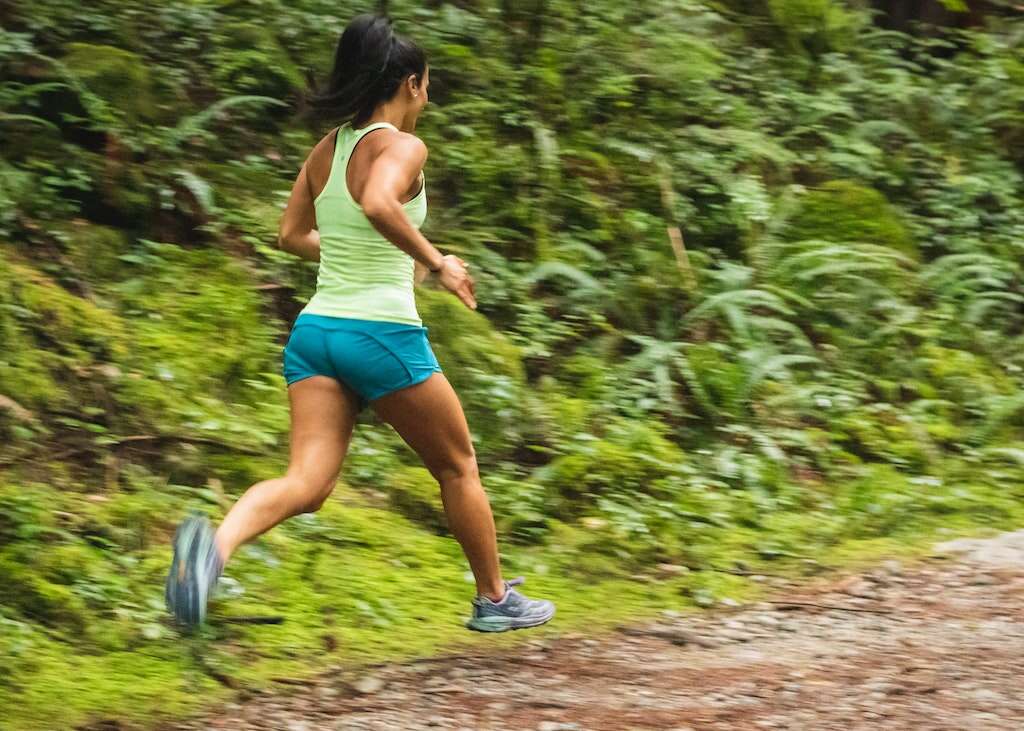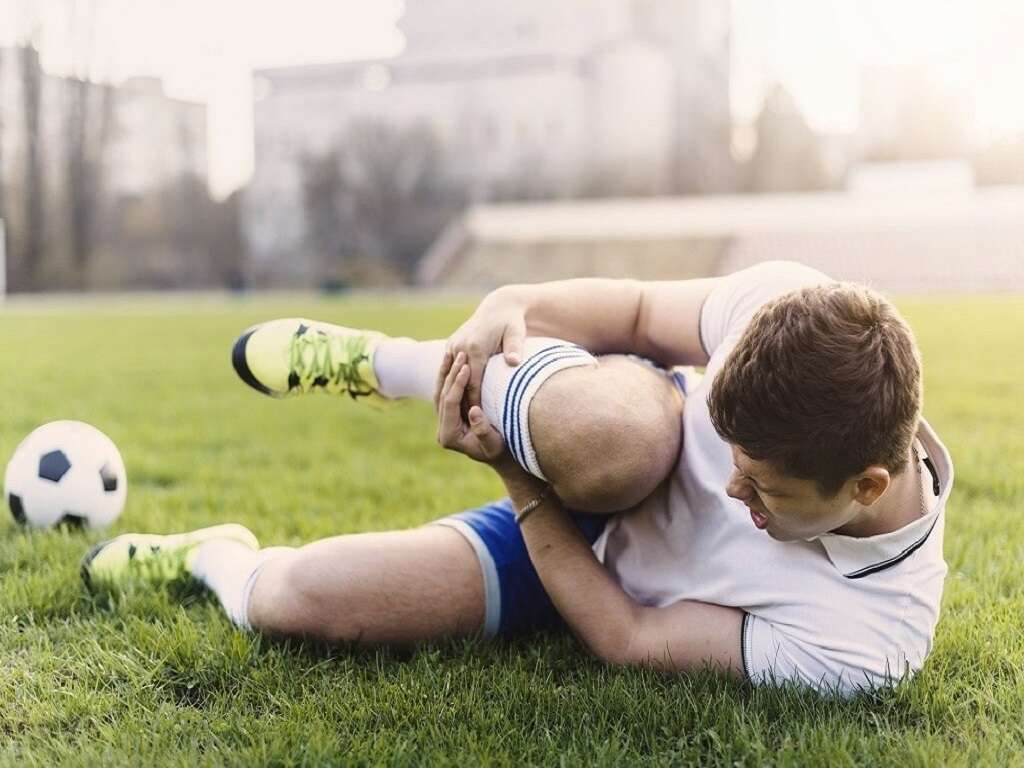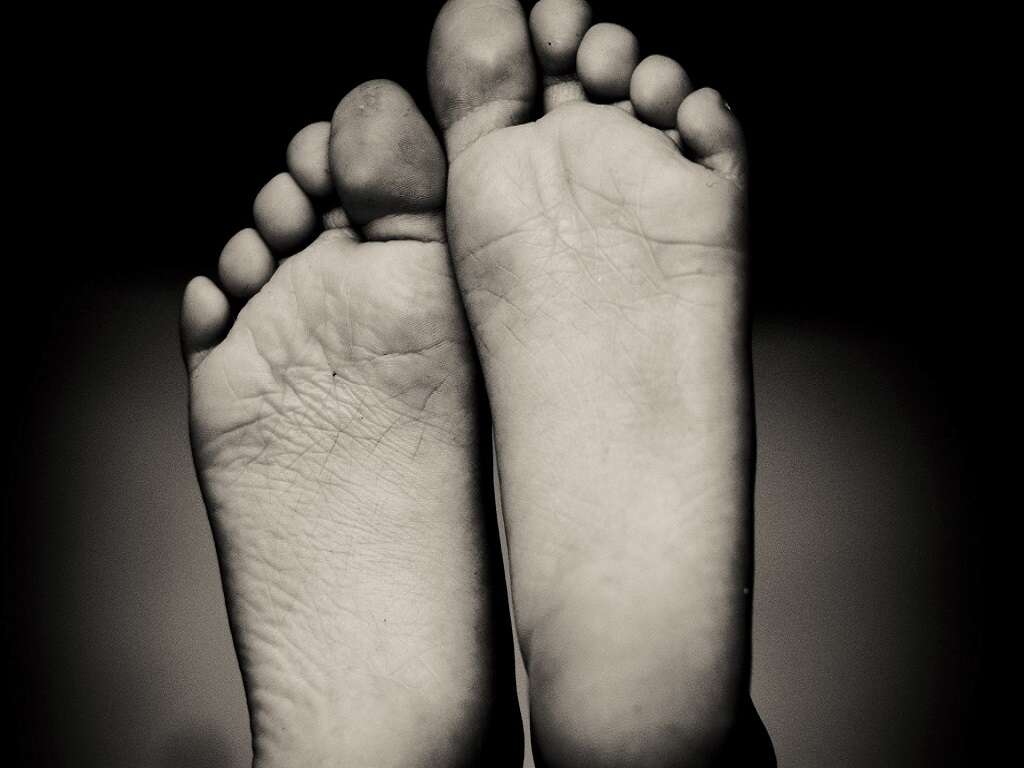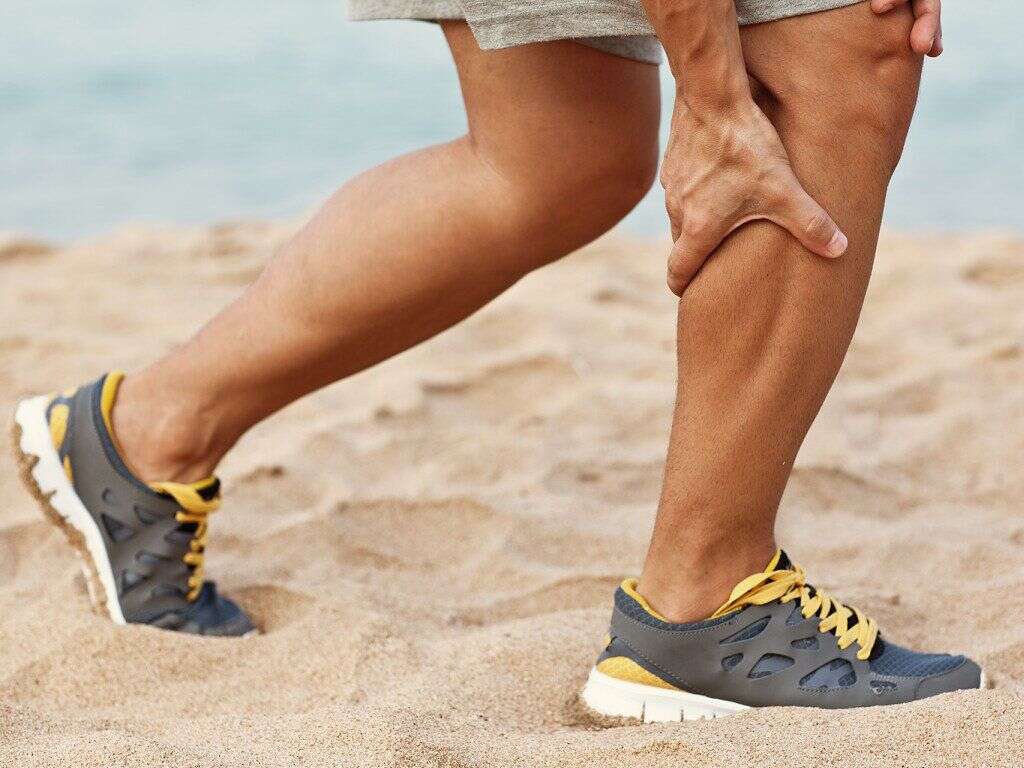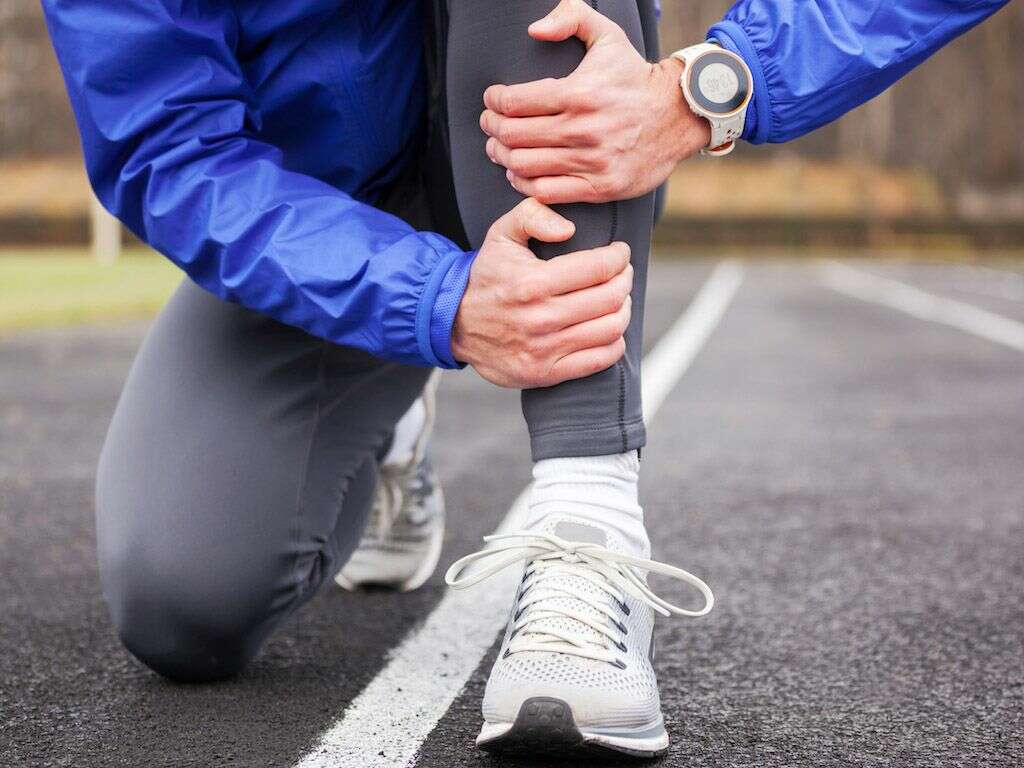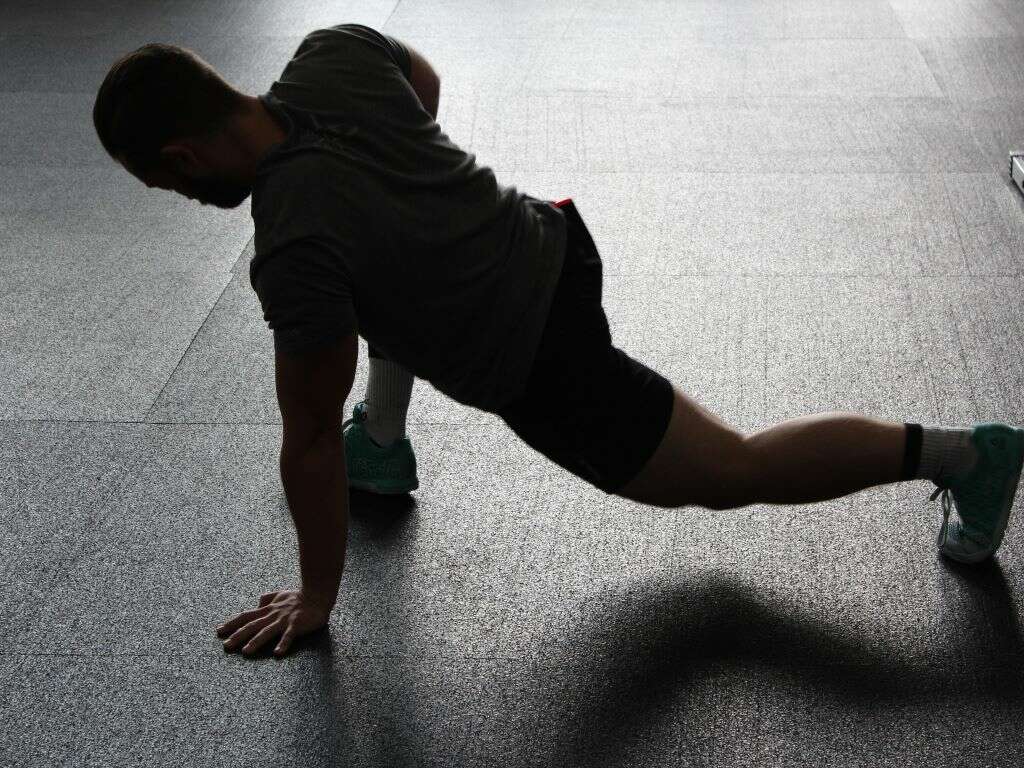Shin Splints Causes And Symptoms
 Article Sources
Article Sources
- 1. McClure, Charles J. 'Medial Tibial Stress Syndrome.', U.S. National Library of Medicine, 10 Aug. 2020, www.ncbi.nlm.nih.gov/books/NBK538479/.
- 2. 'Shin Splints - OrthoInfo - AAOS.' _OrthoInfo_, orthoinfo.aaos.org/en/diseases--conditions/shin-splints.
- 3. A;, Nilsson J;Thorstensson. 'Ground Reaction Forces at Different Speeds of Human Walking and Running.' _Acta Physiologica Scandinavica_, U.S. National Library of Medicine, pubmed.ncbi.nlm.nih.gov/2782094/.
- 4. 'Are Feet at Fault for Back, Hip, and Knee Woes?'_Are Feet at Fault for Back, Hip, and Knee Woes? - Health Encyclopedia - University of Rochester Medical Center_, www.urmc.rochester.edu/encyclopedia/content.aspx?ContentTypeID=1&ContentID=1158.
The burning pain of shin splints affects up to 1 in 5 runners.1McClure, Charles J. ‘Medial Tibial Stress Syndrome.’, U.S. National Library of Medicine, 10 Aug. 2020, www.ncbi.nlm.nih.gov/books/NBK538479/. This irritating injury causes painful inflammation in the lower leg that can put a halt on exercise. Also known as medial tibial stress syndrome, the exact reason for shin splint pain is still unknown. Some facts are established though. Repetitive high-impact exercise is a definite trigger. It can also affect both seasoned athletes and exercise newbies alike.
Resting and ice can help ease shin splint pain, while in most cases, appropriate shoes and stretching exercises prevent further episodes. In severe cases, shin splints can lead to conditions such as stress fractures.
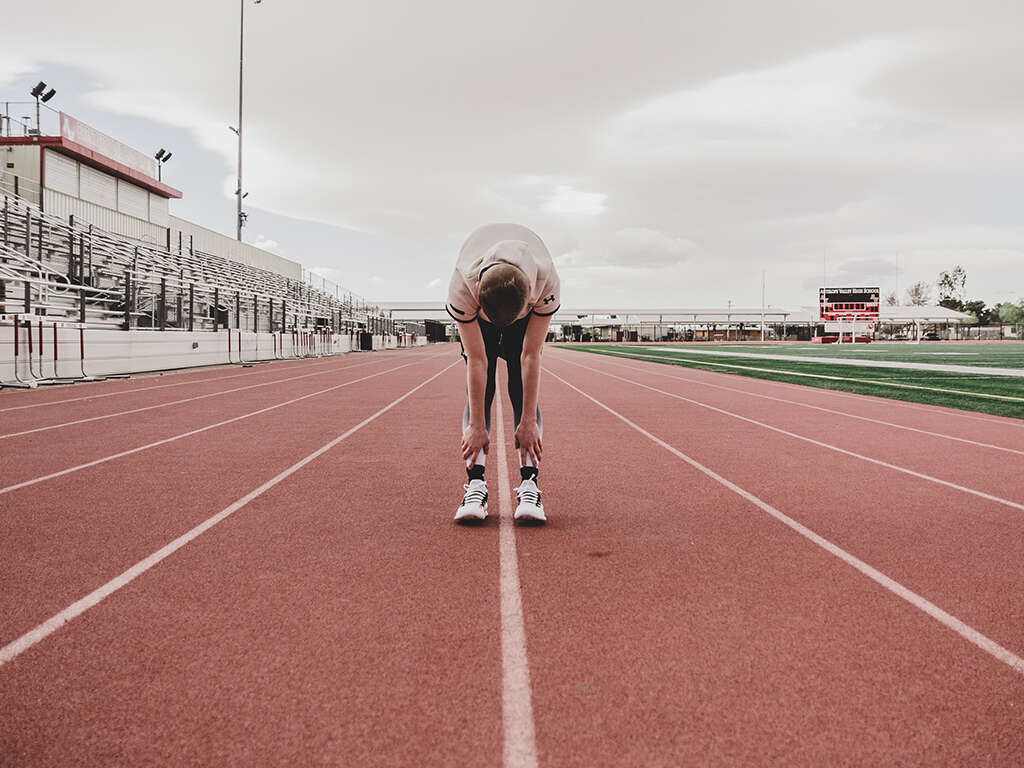
1. Shin Splint Causes
It’s believed that shin splints develop when leg muscles absorb more shock from running and jumping than they’re conditioned to.2‘Shin Splints - OrthoInfo - AAOS.’ OrthoInfo, orthoinfo.aaos.org/en/diseases–conditions/shin-splints. The repetitive stress of the foot contacting the ground many times at high speed transfers to the shin bone, known as the tibia. This in turn causes painful inflammation of the muscles next to it, as well as affecting the bone itself.
The typical cause is from increasing the amount of exercise or its intensity too quickly, such as adding to the number of miles run each week or jogging on hard surfaces.
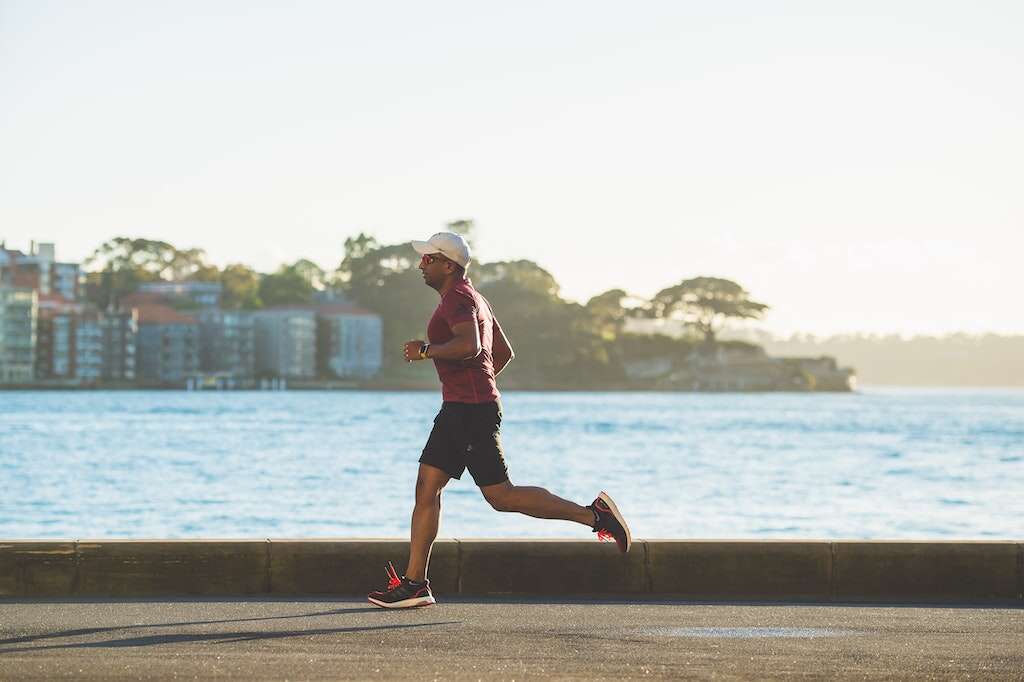
2. Why Shin Splints Affects Runners
When people run, each footstep creates a force that is several times a persons’ bodyweight, and it’s absorbed from the ground up.3A;, Nilsson J;Thorstensson. ‘Ground Reaction Forces at Different Speeds of Human Walking and Running.’ Acta Physiologica Scandinavica, U.S. National Library of Medicine, pubmed.ncbi.nlm.nih.gov/2782094/. After the sneakers have taken the initial impact, the muscles of the lower leg play a key role in harmlessly consuming this excess energy.
When these muscles are overworked or underconditioned, this jarring transfers to the tibia. The resultant excessive stress inflames the surface of the bone and the muscles attached to it.
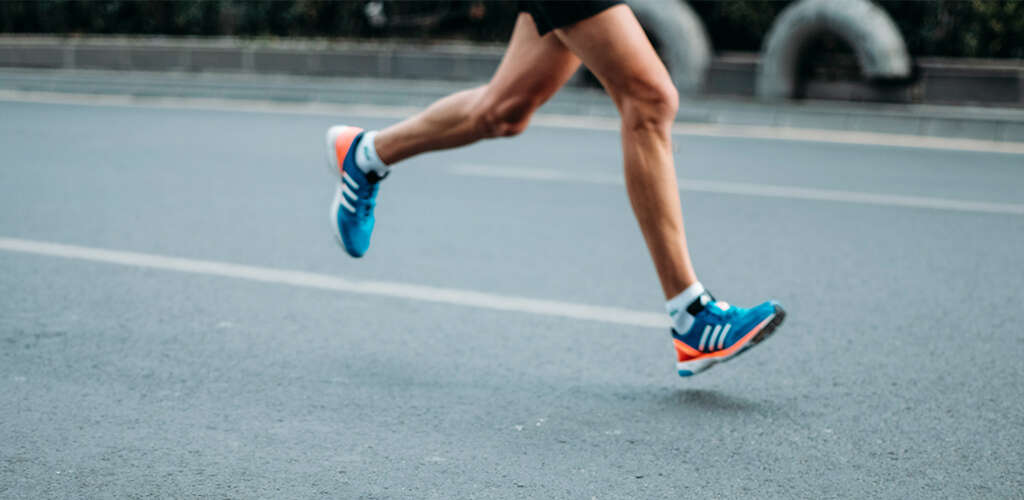
3. Shin Splint Symptoms
The main symptom of shin splints is a burning pain around the middle and lower parts of the shin bone. The discomfort is usually felt on the inner part of the tibia and can affect both legs. The affected area may be sore to touch.
When someone first gets shin splints, the pain is usually worse at the beginning of exercise and fades as the session goes on. If the condition continues, the discomfort can last throughout. Pain on the days following exercise is also common.

4. Risk Factors: Shoes and Foot Type
One of the essential steps to prevent shin splints is to wear the right footwear. Running with unsuitable shoes can cause the foot, and therefore legs, to absorb a great deal of excess shock. People with flat feet or high arches are at particular risk.4‘Are Feet at Fault for Back, Hip, and Knee Woes?’Are Feet at Fault for Back, Hip, and Knee Woes? - Health Encyclopedia - University of Rochester Medical Center, www.urmc.rochester.edu/encyclopedia/content.aspx?ContentTypeID=1&ContentID=1158. This is due to the way these foot types interact with the ground.
Every runner needs the right amount of heel and arch support for their individual running style. If in doubt, consult a therapist who specializes in running.
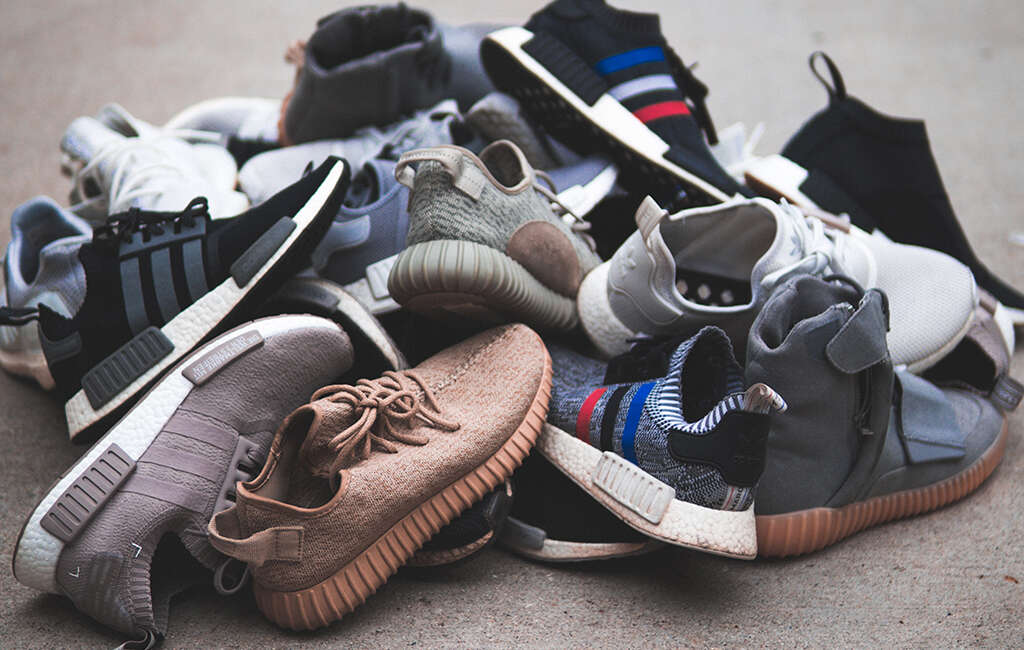
5. Risk Factors: Running Surfaces
The type of ground exercised on has a big effect on shin splints. Running downhill can also make the pain worse. This is due to the extra work the leg muscles have to do resisting gravity. Hard surfaces like concrete or indoor courts create much more stress, even if supportive shoes are worn.
It’s recommended to stick to flat, soft surfaces like grass and gravel if shin pain appears. This allows the legs to safely adapt to the new stress.
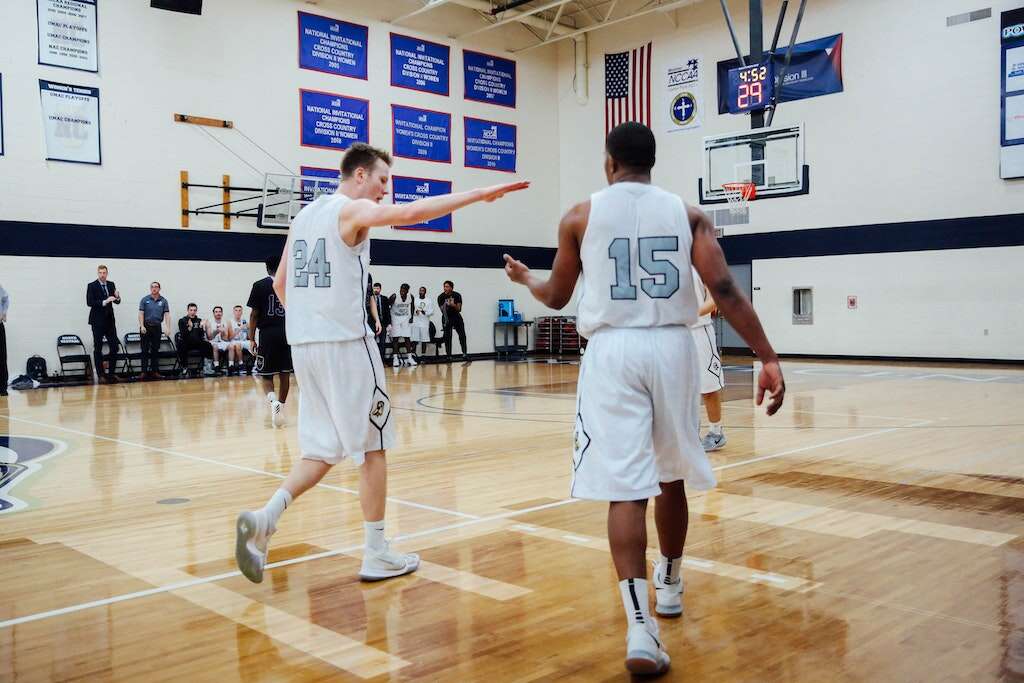
6. Risk Factors: Beginner Runners
People new to running or other forms of high-impact exercise are at risk of shin splints. The muscles and tendons of beginners are still unconditioned and gaining strength when starting. Beginners who are overweight are particularly susceptible.
Remember to ease into any exercise program, especially running. A good rule of thumb is not to add more than 10 percent of miles per week which gives the shins time to strengthen between sessions. Alternative low-impact exercise such as swimming or cycling can be beneficial.
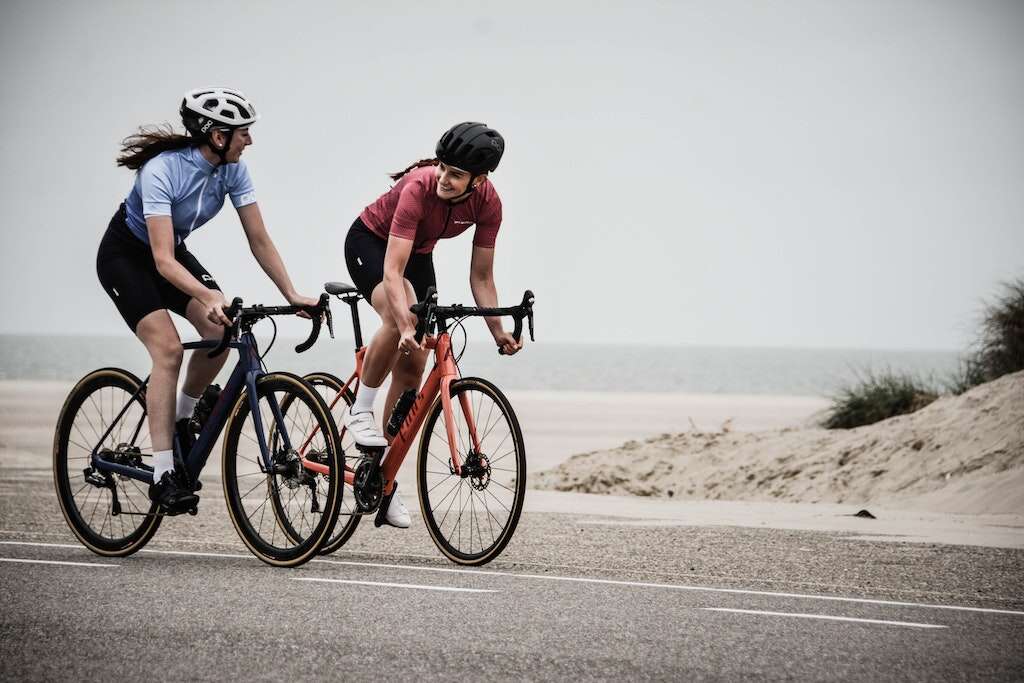
7. Stretching for Rehab and Prevention
Flexibility plays a key role in preventing shin splints. As well as contracting, muscles also stretch when exercising. Longer, more elastic muscles are better able to deal with the demands placed on them. The calf muscles in particular are under a large amount of strain when running.
This is why it’s essential to stretch leg muscles before and after running. Aim to also include the hamstrings, Achilles tendon and front of the shin. Stretching also encourages blood flow after exercise.

8. Shin Splint Pain Treatment
The initial treatment for shin splint pain centers around applying ice and resting. Low temperatures help reduce inflammation. If safe, anti-inflammatory medicine such as ibuprofen can also aid recovery.
While it can be frustrating, it’s essential to stop activity temporarily and rest. Walking is usually fine, and alternative cross-training with no impact such as swimming or cycling can be a good idea. Remember that time out for injury is an inevitable part of exercising.
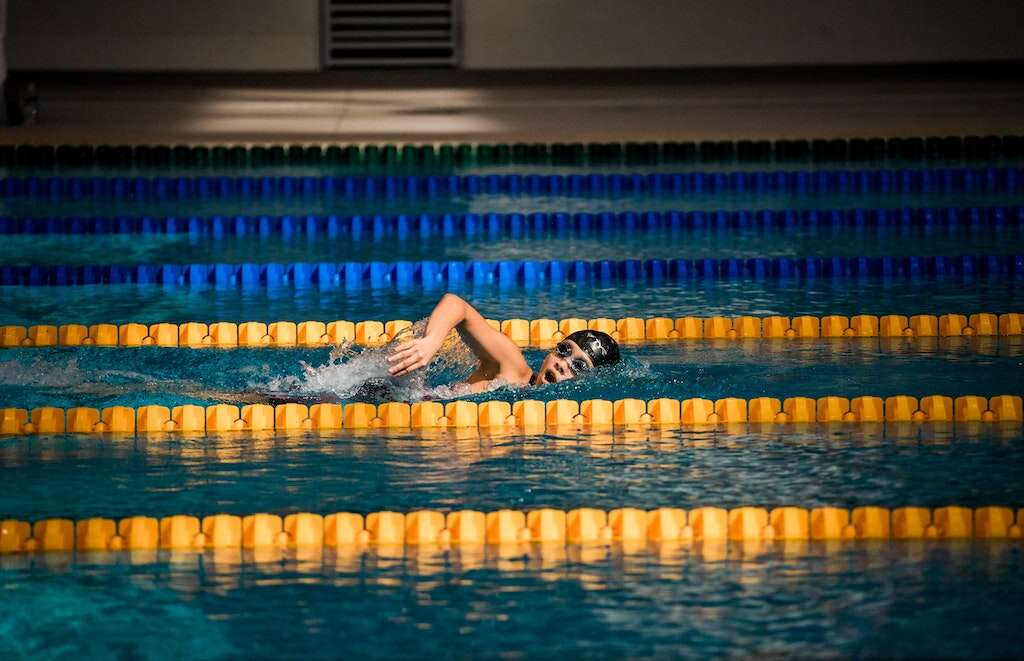
9. Easing Back Into Exercise
Recovering from any injury needs patience. It can be very tempting to jump right back into it after a few sessions pain-free. One of the problems with shin splints is that it’s hard to know exactly what stage of recovery it’s in.
It’s best therefore to err on the side of caution and take more time off than you think you need. Use the time off to stretch, assess footwear and cross-train. When starting back, keep sessions shorter than they were previously.
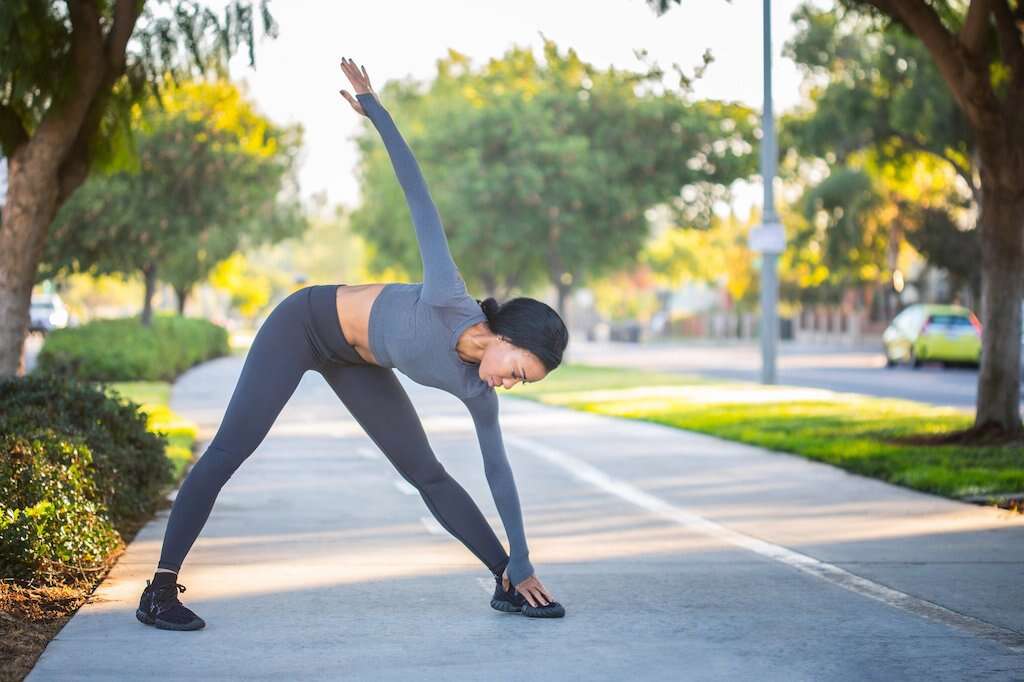
10. Shin Splint Injury Outlook
Shin splints are a very common form of overuse injury. The condition can be particularly frustrating for those new to exercise, as it can develop quickly and stop training. Like all injuries, however, it’s vital to address them as early as possible.
With sufficient rehabilitation, gradual training increases and the correct footwear, getting back to pain-free running is possible in the majority of cases. If however, the pain still persists after rest and treatment methods, consult a doctor or trained therapist.
